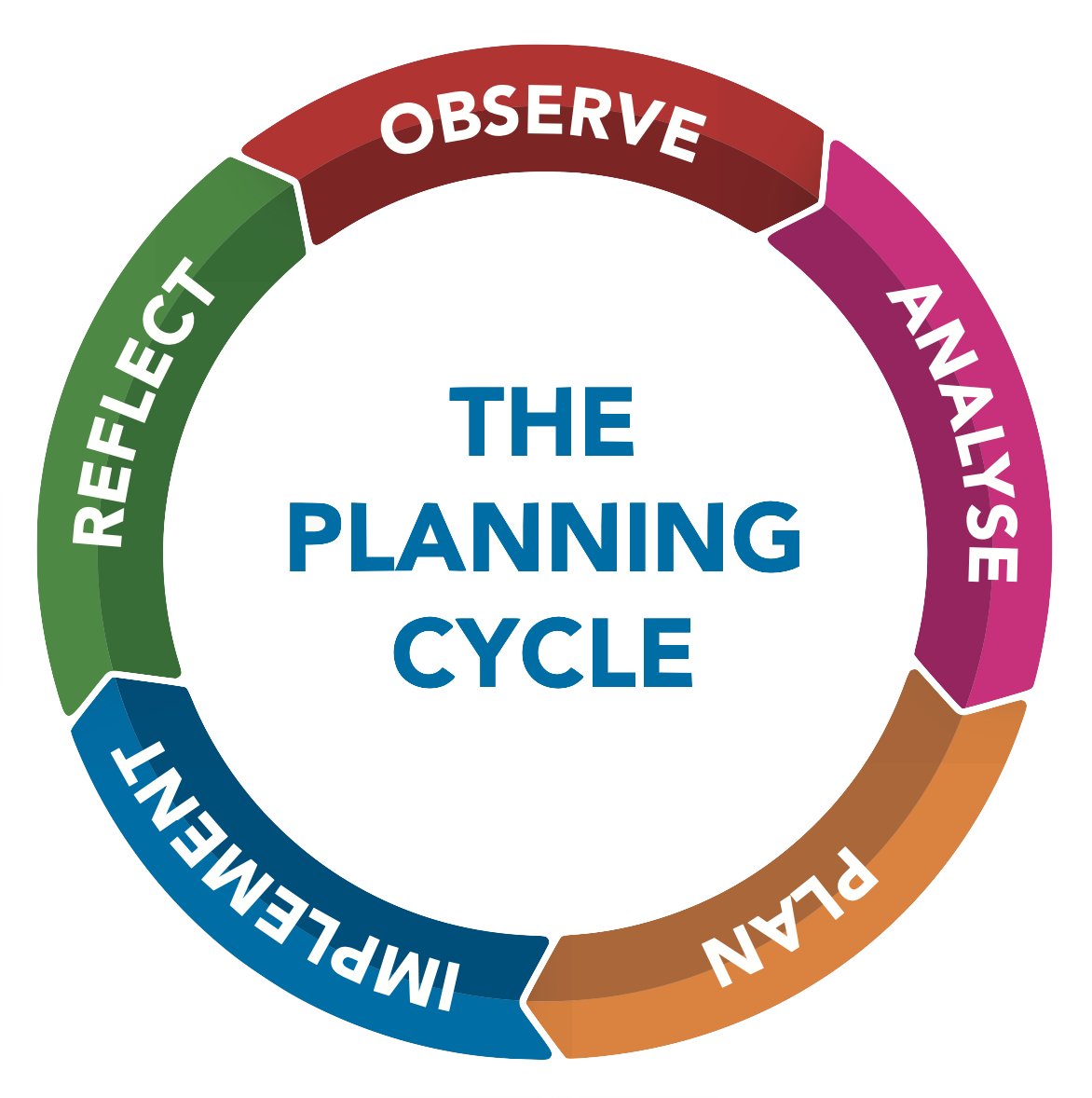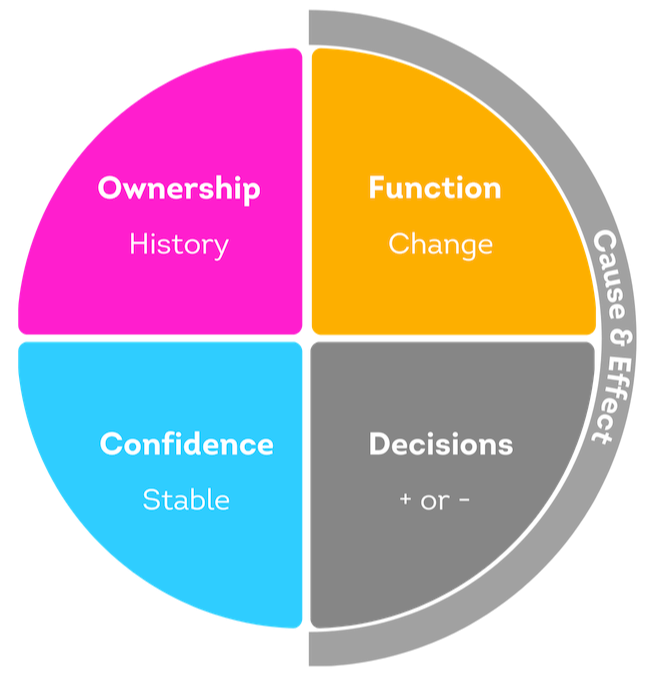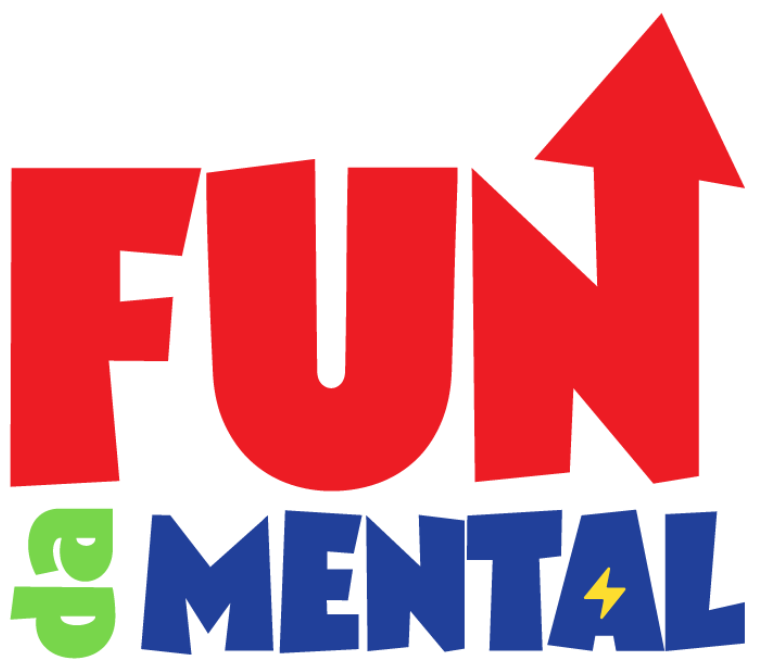Empty space, drag to resize
Control - Assignment Instructions
Key Goals
- Choose a topic in the category of science
- Use the control loop to guide cause & effect interactions
- Use cause & effect to establish patterns of knowledge (i.e logic)
- Use selective attention as an inclusion tool
Collaborate in-person (or on-line) with colleagues.
After your brainstorming session with colleagues, you can finish your planning on your own.
Implement your plan, and submit your reflection about the fun loop and its outcomes.
You will use the Control Worksheet when you are planning (it is an editable PDF).
You will use the Control Worksheet when you are planning (it is an editable PDF).
Follow the steps below
Collaboration
If you are the only person In your centre doing this course?
You can approach your centre manager and/or the room leader to seek support.
You can approach your centre manager and/or the room leader to seek support.
The centre manager or fellow teacher could:
- Share their perspectives on how to apply the new idea
- Support you in the planning
- Help you determine the best time to apply it in your usual program
If you have other colleagues doing this course?
You can work with your colleagues online (using the learning platform chat, or video conferencing) or in-person
Your colleagues could:
- Share their perspectives on how to apply the new idea
- Support you in the planning
- Help you determine the best time to apply it in your usual program
Assignment Logic
Working through your assignment is very simple and familiar.
You follow the planning cycle!

Observe an Interaction
Follow a real play situation while comparing it to the control loop
You can make a video recording of the event if you wish and review it, or observe in real-time.
You can make a video recording of the event if you wish and review it, or observe in real-time.
You will be required to collaborate with your colleagues, and observe which elements of the control loop happen.
Assess the Interactions
What were the functions of the objects?
Were the functions hidden?
What changes happened?
What decisions lead to control?
Did i see the children learn logic?
Did i see the children learn logic?
What testing could be done?
At which point do you see confidence happen?
At what point did you see that 4th step ownership?
Design a New Interaction
Use the Control Worksheet.
Consider the knowledge you gained in the assess phase.
Consider the knowledge you gained in the assess phase.
Design a small interaction, something that is science related.
Provide a balance between intentional teaching and guided play read more about guided play
Use the control loop to guide your design and manage the learning dynamics in your program.
Note: you are focusing on cause & effect and developing a pattern of knowledge (logic)
Note: you are focusing on cause & effect and developing a pattern of knowledge (logic)
As a group, brainstorm ideas about control.
Here is a question to kickstart your brainstorming session
How can you animate the EYLF outcome 4.2 using the control loop?
In particular the key words in bold.
EYLF outcome 4.2:
EYLF outcome 4.2:
Children develop a range of learning and thinking skills and processes such as problem solving, inquiry, experimentation, hypothesising, researching and investigating
Design Guide
This guide is designed to help you animate the key outcomes using the control loop.
EYLF outcome 4.2:
Children develop a range of learning and thinking skills and processes such as problem solving, inquiry, experimentation, hypothesising, researching and investigating
1) In your environment, what can the objects do, the functions?
2) Can the children make decisions, changing it more or less?
3) Is there an unseen part of the object?
4) How can an unexpected change launch the search for control?
5) Can they test by doing an action, and getting an effect (evidence)?
6) Can we use the evidence to form ideas about how it works (hypothesis)?
7) Will this will allow them to display problem solving?
2) Can the children make decisions, changing it more or less?
3) Is there an unseen part of the object?
4) How can an unexpected change launch the search for control?
5) Can they test by doing an action, and getting an effect (evidence)?
6) Can we use the evidence to form ideas about how it works (hypothesis)?
7) Will this will allow them to display problem solving?

8) This is called an experiment
9) If the idea holds true this becomes the logic for how it works and it becomes a thinking skill.
9) If the idea holds true this becomes the logic for how it works and it becomes a thinking skill.
10) Are there any children with a hypersensitivity?
Can i use selective attention as an inclusion tool?
Can i use selective attention as an inclusion tool?
11) This will develop confidence
12) Confidence is seen when children say something like "teacher...look what i can do!"
13) How can i ensure children have a sense of ownership?
12) Confidence is seen when children say something like "teacher...look what i can do!"
13) How can i ensure children have a sense of ownership?
Note: After your brainstorming session with colleagues, you can finish your planning on your own.
Inspiration
We know how hard it can be to generate ideas for STEAM.
So we have provided you with some inspiration.
So we have provided you with some inspiration.
Action Your Plan
Simply do it!
Reflect on the Outcomes
This is where you look back on how the control loop influenced the learning outcomes and the
learning dynamics. Then copy your reflection and paste it when you submit your assignment.
When you submit your assignment, you will need to upload images or videos of your work
When you submit your assignment, you will need to upload images or videos of your work
(please do not include children's faces).
Be sure to have your Control Worksheet ready.
Be sure to have your Control Worksheet ready.
Get in touch
-
PO BOX 534
Kellyville NSW 2155 -
lw@thesonickitchen.com.au
-
0400 795 806
Stay in the Loop!
Thank you!
Copyright © 2024
Collaboration
If you are the only person In your centre doing this course?
You can approach your centre manager and/or the room leader to seek support.
The centre manager or fellow teacher could:
- Share their perspectives on how to apply the new idea
- Support you in the planning (i.e do you apply it to an interaction you have already planned? or make a new one?)
- Help you determine the best time to apply it in your usual program
If you have other colleagues doing this course?
You can work with your colleagues online (using the learning platform chat, or video conferencing) or in-person
Your colleagues could:
- Share their perspectives on how to apply the new idea
- Support you in the planning (i.e do you apply it to an interaction you have already planned? or make a new one?)
- Help you determine the best time to apply it in your usual program
